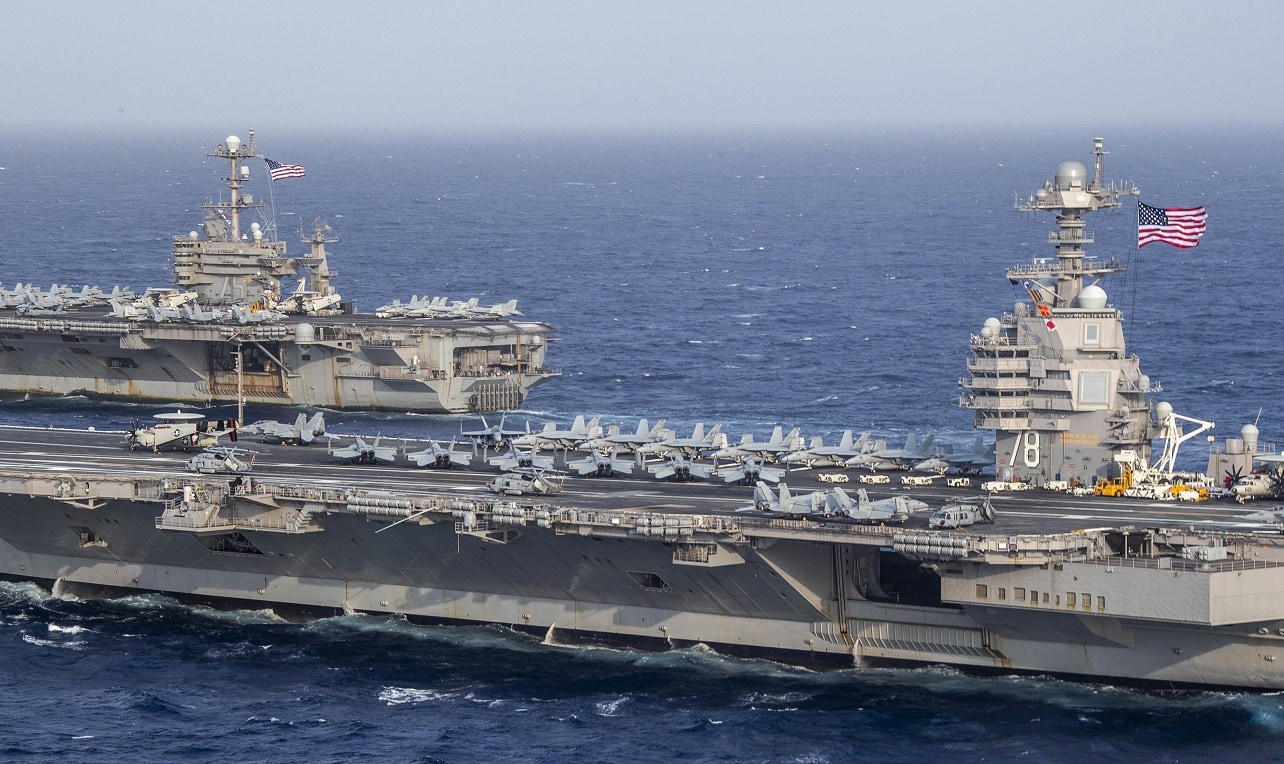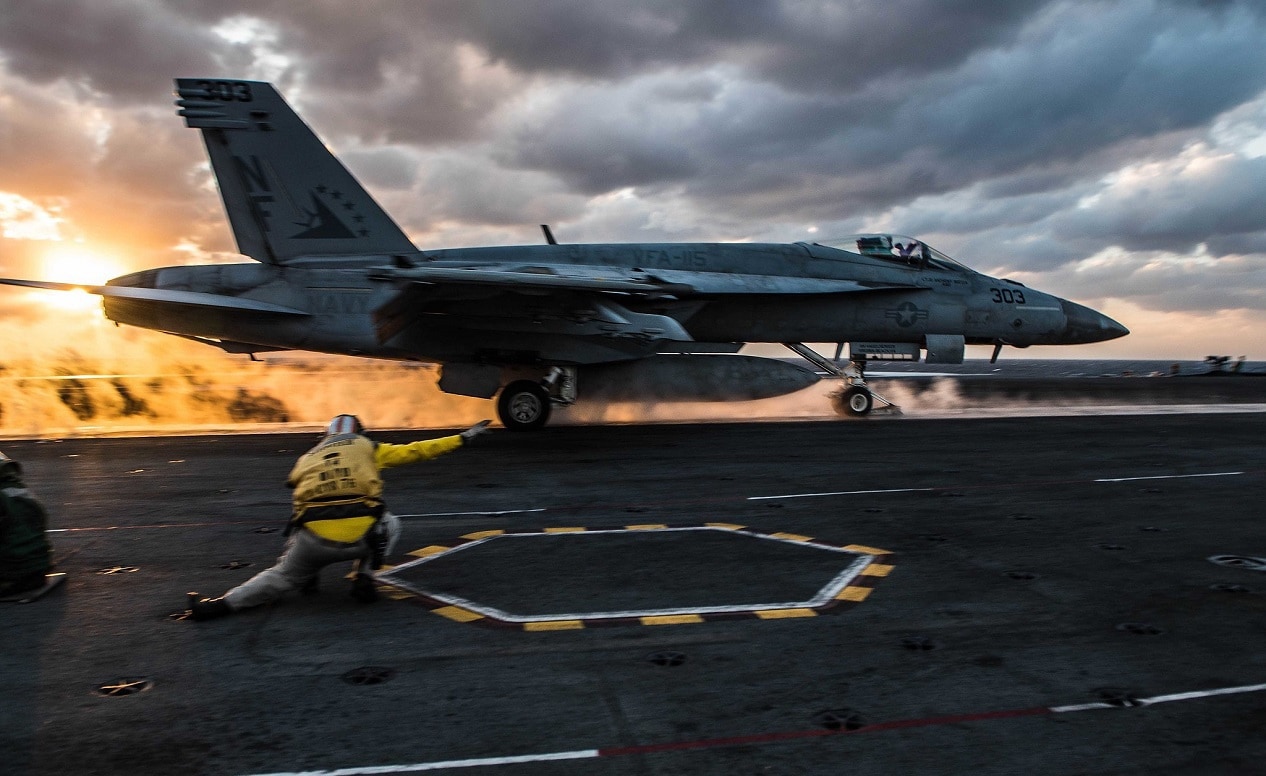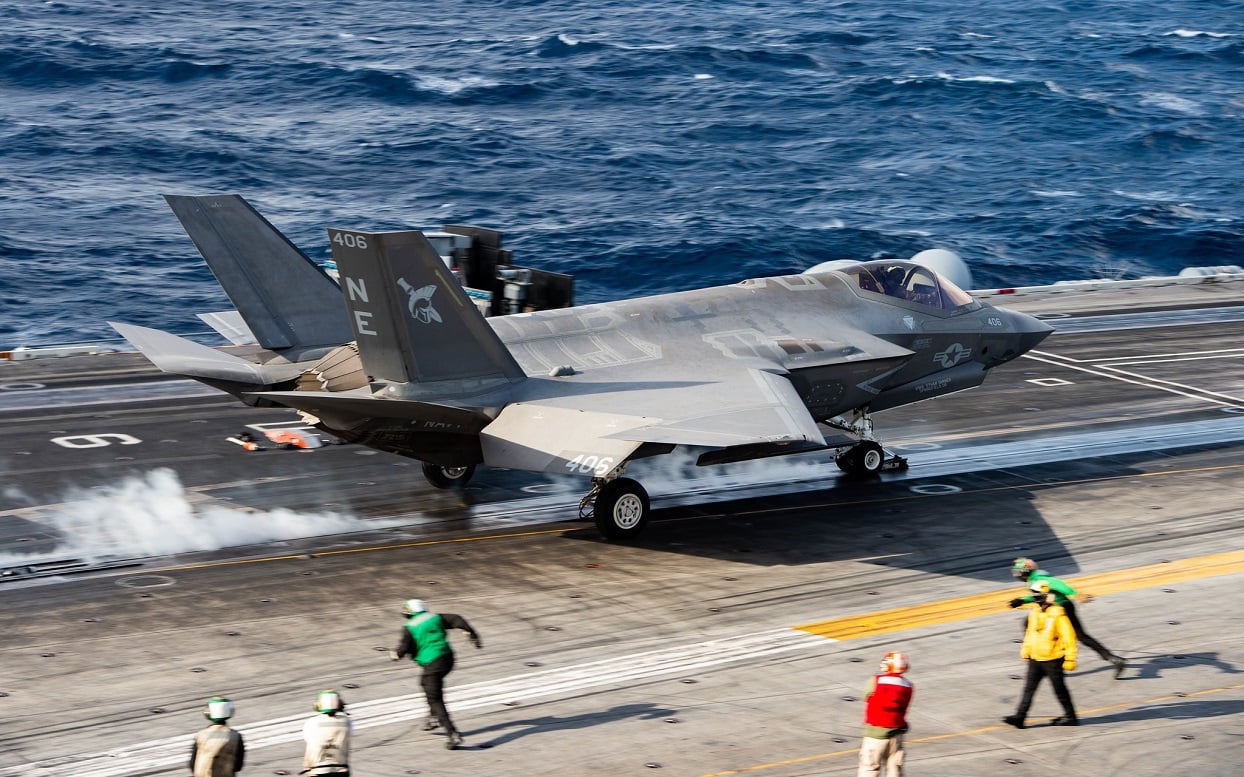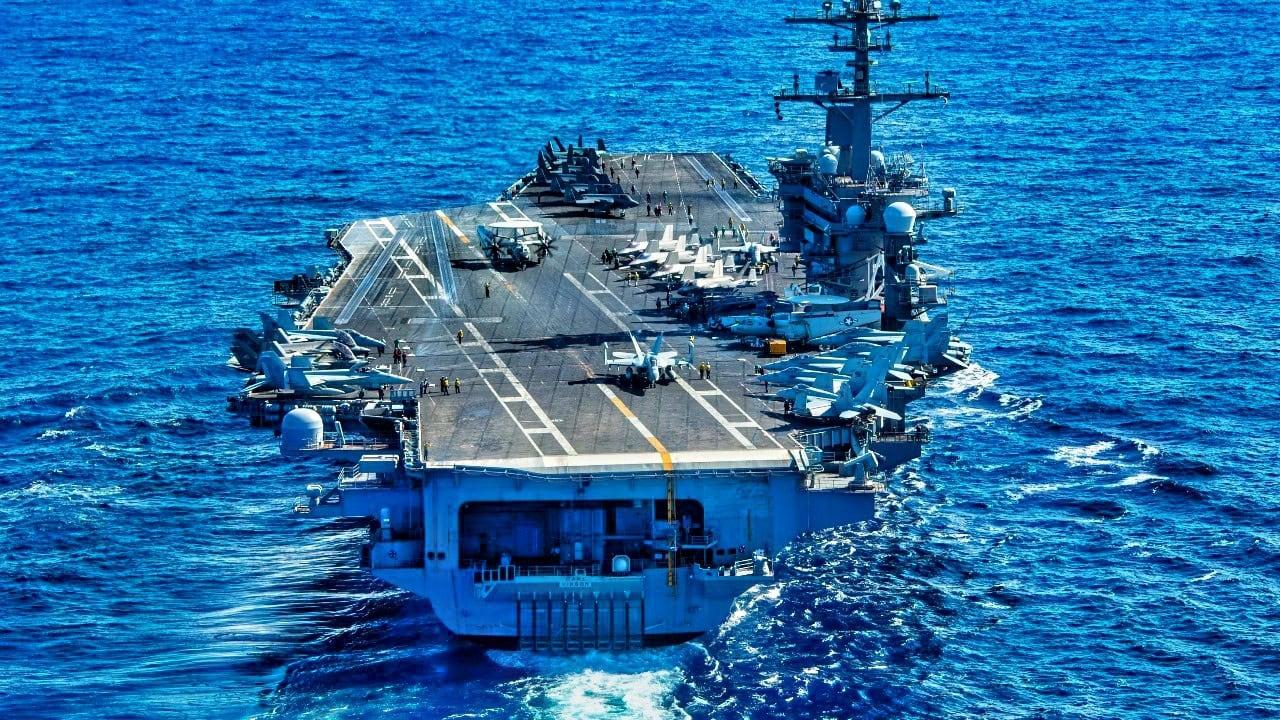Summary and Key Points: The USS Nimitz (CVN 68), commissioned in 1975, is on what may be its final deployment to the Indo-Pacific region.
-Scheduled for decommissioning in May 2026, this iconic nuclear-powered aircraft carrier was pivotal in modernizing the U.S. Navy’s fleet, introducing significant propulsion improvements over its predecessor, the USS Enterprise.
-Despite ongoing global tensions and strategic concerns, including heightened activities in the Taiwan Strait and Red Sea, the Navy plans to retire the Nimitz.
-Decommissioning will take years due to the complexity of dismantling nuclear reactors. However, questions remain about whether extending its service could enhance America’s naval aviation capabilities in coming years.
Why the U.S. Navy May Reconsider Retiring the USS Nimitz
The USS Nimitz (CVN 68) was first commissioned in 1975, making it one of the oldest aircraft carriers still in the U.S. Navy’s fleet. On March 21, the Nimitz departed as the head of a task force into the Indo-Pacific region, for what many believe will be the ship’s last deployment.
The Nimitz is expected to relieve the USS Carl Vinson (CVN 70), which is currently on station in Southeast and East Asia. The Vinson is then planned to move to the U.S. Central Command area of responsibility in order to relieve the USS Harry Truman (CVN 75).
The Nimitz is also needed for deployment because the Navy’s permanent forward-deployed aircraft carrier in the Indo-Pacific region, the USS George Washington (CVN 73), is currently docked in its homeport of Yokosuka, Japan, while undergoing periodic maintenance.
The USS Nimitz was only the second nuclear-powered aircraft carrier built for the U.S. Navy and was the first of 10 carriers in its class. It was constructed only a few years after the building of the first-ever nuclear-powered aircraft carrier, the USS Enterprise (CVN 65). The Nimitz boasted a number of design improvements over that vessel.
Nimitz Design
The most significant improvement was the Nimitz’s simplified propulsion-system design. The Nimitz was powered by two Westinghouse A4W pressurized-water nuclear reactors. The Enterprise, which had been developed based on existing, conventional carrier designs, had replaced older boiler systems with a single A2W reactor.
The Nimitz was set to be retired in 2025, but that date was later moved to May 2026. According to the revised schedule, the Nimitz is now due to arrive at homeport in Norfolk, Virginia, no later than April 12, 2026.
According to the revised timetable, the ship’s decommissioning will be performed at the same facility where it arrives—Newport News Shipyard. This is the very place where all U.S. nuclear-powered aircraft carriers have been built, as well as overhauled over the course of their lifespans.
The decommissioning process itself requires several years to complete. There are two main reasons it takes so long: First is the carrier’s enormous size and the number of systems that must be disassembled or scrapped.
The second reason is the time-consuming disposal and dismantling of the carrier’s on-board nuclear reactor. This complicated procedure is carried out by PEO Carriers, which is part of Naval Sea Systems Command.
The task is known to take a long time. The Enterprise was decommissioned in 2017, but as of 2025, eight years later, that ship still has not been completely scrapped.
Should Nimitz Be Scrapped
As of today, the Navy is still planning to follow through on retiring the Nimitz, but the USS Dwight D. Eisenhower is scheduled to continue in service until at least 2030, despite original plans calling for its retirement as early as 2027. Given the many existing and potential flashpoints around the world, the question has been raised whether it might make sense to extend the Nimitz’s time in service as well.
While it might make some operational sense to not retire the Nimitz, the fact remains that the contract to decommission the ship was already completed in September 2024. What would it take to delay the decommissioning further, with a contract already in place, is a big unknown.
While 50 years old, the carrier has been serviced and repaired regularly according to requirements of its design, and it just completed a six-month set of maintenance procedures at the Puget Sound Naval Shipyard in June 2024. This suggests that the ship could remain in service well beyond the scheduled decommissioning date.
The Navy has already conceded that it delayed the retirement of both the Nimitz and the Eisenhower due to concerns over a steadily growing need for naval aviation assets. More than one naval strategist has suggested there will be a need for the power-projection capability that more carriers can bring, if the Navy is to continue to effectively manage tensions in the Red Sea and the Taiwan Strait.
The Nimitz’s last deployment was to the Indo-Pacific region, and it lasted nearly seven months. While the carrier was deployed, it participated in drills with regional partners and allies including Japan and India. It also participated in the Large-Scale Global Exercise, which is run by the U.S. Indo-Pacific Command.
Nimitz-Class: A Story in Photos

The Ford-class aircraft carrier USS Gerald R. Ford (CVN 78) and the Nimitz-class aircraft carrier USS Harry S. Truman (CVN 75) transit the Atlantic Ocean June 4, 2020, marking the first time a Ford-class and a Nimitz-class aircraft carrier operated together underway. Ford is underway conducting integrated air wing operations, and the Harry S. Truman Carrier Strike Group remains at sea in the Atlantic as a certified carrier strike group force ready for tasking in order to protect the crew from the risks posed by COVID-19, following their successful deployment to the U.S. 5th and 6th Fleet areas of operation. (U.S. Navy photo by Mass Communication Specialist Seaman Riley McDowell)

A U.S. Navy F/A-18E Super Hornet of Strike Fighter Squadron (VFA) 115 launches from the flight deck of the aircraft carrier USS Ronald Reagan (CVN 76) in the western Pacific Ocean Nov. 11, 2017. The Ronald Reagan, Theodore Roosevelt and Nimitz strike groups are underway conducting flight operations in international waters as part of a three-carrier strike force exercise. The U.S. Pacific Fleet has patrolled the Indo-Pacific region routinely for more than 70 years promoting regional security, stability and prosperity.

An F-35C Lightning II, assigned to the “Argonauts” of Strike Fighter Squadron (VFA) 147, launches off the flight deck of the Nimitz-class aircraft carrier USS Carl Vinson (CVN 70) during Annual Exercise (ANNUALEX) 2021.
About the Author:
Reuben F. Johnson is a survivor of the February 2022 Russian invasion of Ukraine and is now an Expert on Foreign Military Affairs with the Fundacja im. Kazimierza Pułaskiego in Warsaw. He has been a consultant to the Pentagon, several NATO governments and the Australian government in the fields of defense technology and weapon systems design. Over the past 30 years he has resided in and reported from Russia, Ukraine, Poland, Brazil, the People’s Republic of China and Australia.

